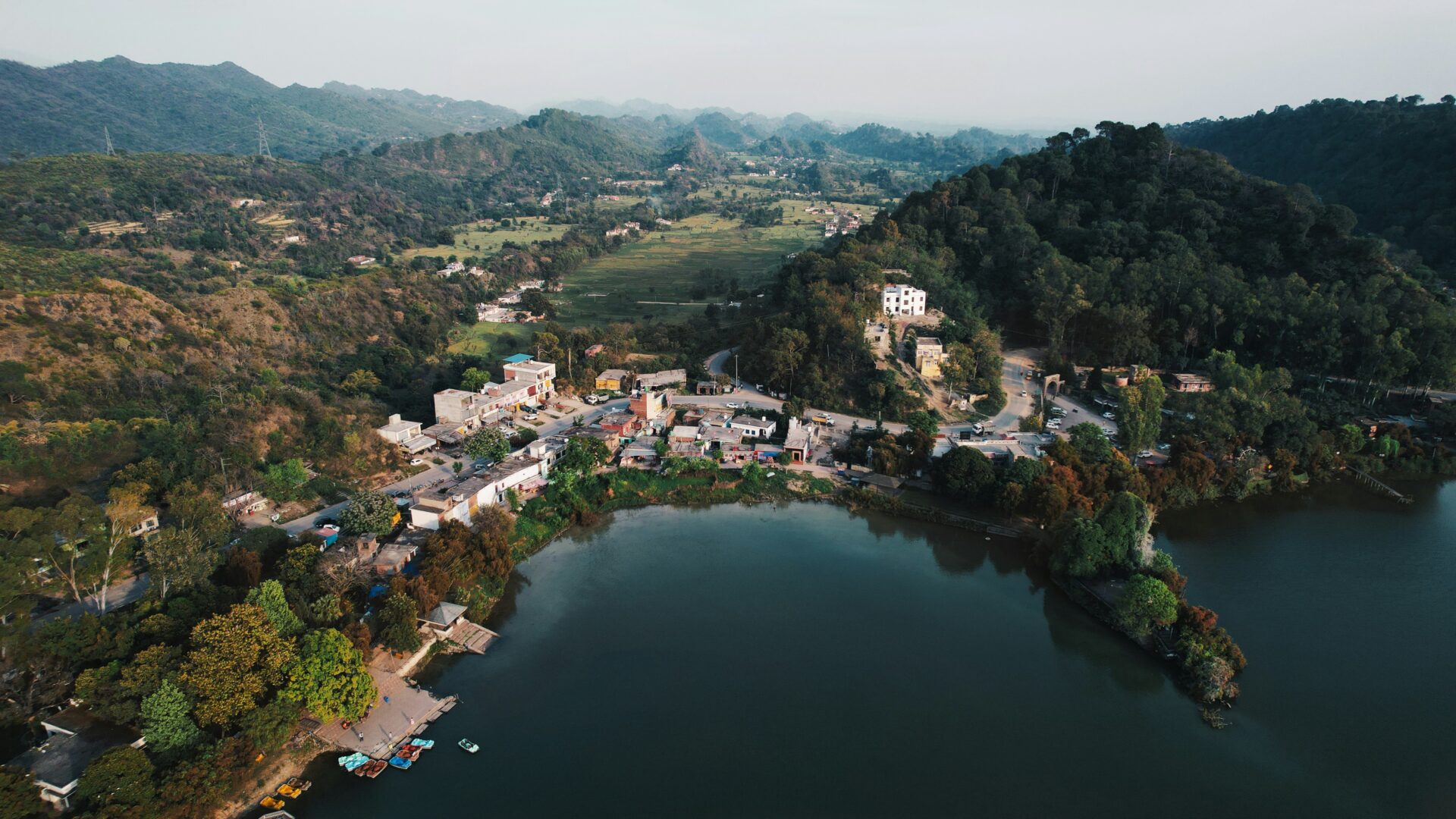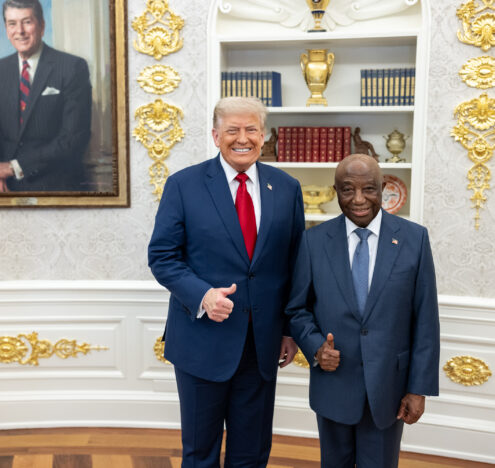After five days of fighting, India and Pakistan have finally declared a ceasefire. Since deadly attacks killed dozens in Indian-administered Kashmir, tensions had escalated between the two when India launched Operation Sindoor on May 7, using Scalp and HAMMER missiles, along with Kamikaze drones, to strike Pakistan. Once the fighting ended, Pakistan said that Indian attacks had killed at least 51 people, including 40 civilians.
Both countries’ air forces engaged in an hour-long aerial battle that involved 125 fighter jets in what has now become one of the largest “dogfights” between two nuclear-armed states. They stuck to their respective airspaces and exchanged long-range missiles.
On May 10, India struck three air bases in Pakistan: Nur Khan (near Islamabad), Murid, and Shorkot. For its part, Pakistan launched Operation Bunyan Ul Marsoos, its promised retaliation, and struck Indian airbases in Pathankot and Udhampur in Indian-administered Kashmir. Pakistan also said it hit a missile storage facility for Indian BrahMos cruise missiles, a claim India denied.
What just happened in India and Pakistan is a classic example of the stability-instability paradox, where mutual nuclear deterrence can create strategic stability but lead to increased instability at lower levels of conflict. According to American military strategist Herman Kahn’s escalation ladder, India and Pakistan entered into a limited war, which is uncharted territory.
Since becoming nuclear powers, this exchange marked the first time that India and Pakistan targeted each other’s military bases or engaged in an hour-long aerial battle or launched drones or had warships postured in the Arabian Sea (e.g., INS Vikrant). Analysts like myself are thinking about realistic off-ramps for future crises like this. But before looking into the crystal ball for those, it’s important to highlight three myths about this crisis.
*
The first myth is that there was finally peace in Indian-administered Kashmir, indicated by a rise in tourism, and that the attack in Pahalgam was a surprise. The devastating terrorist attack on April 22 killed at least 26 individuals — 25 tourists and a local Muslim guide — and injured 20 others.
Yet, India’s suppression of Kashmiris and the Indian police’s varied human rights violations contradict New Delhi’s narrative that the region is largely peaceful. Since Indian Prime Minister Narendra Modi’s government revoked Jammu and Kashmir’s special status in 2019, Indian security forces have conducted extrajudicial killings, arbitrary detentions, and arrested journalists and human rights activists.
More significantly, there was a decline in terrorist attacks, thanks, in large part, to the fencing of the Line of the Control (LoC) by Indian security forces and the success of the Cease Fire Agreement (CFA). Negotiations led to the CFA in 2021, and it came into effect in 2023 but has since ended.
Indian security forces have conducted extrajudicial killings, arbitrary detentions, and arrested journalists and human rights activists.
Since 2020, Pakistan has clamped down on multiple militant groups, including their figureheads, by handing out verdicts to comply with the Financial Action Task Force. To complicate matters, the number of incidents involving the sightings and shooting down of drones has increased exponentially from 77 in 2021 to over 350 in 2023.
In other words, Jammu and Kashmir wasn’t exactly the peaceful hub the Modi government insisted it was.
*
The second myth is that Pakistan was responsible for the attack. A little-known militant group, The Resistance Front, initially claimed responsibility but retracted its claim a few days later, alleging a communications breach. India immediately blamed Pakistan, which isn’t surprising. The South Asia Terrorism Portal, a Delhi-based think tank that profiles and tracks militant groups in the region, has described The Resistance Front as an offshoot of Lashkar-e-Taiba (LeT), the group responsible for the 2008 Mumbai attacks.
Pakistan’s backing of the LeT is well-documented, but its connection with The Resistance Front is still unclear. The growing strength of The Resistance Front, which has targeted civilians in Indian-administered Kashmir time and again since 2019, also challenges the Modi government’s narrative that all was peaceful in Kashmir.
Even after the Pahalgam attack, India’s response has been “collective punishment” for Kashmiris, which has involved kicking Kashmiris out of their homes and arresting folks without any evidence. Kashmiris are now demanding accountability from the Indian government.
*
The third, perhaps most unsettling, myth is that a nuclear option is off the table. It’s not — and this is why off-ramps need to take priority. It’s important to note that India and Pakistan have prided themselves on being responsible nuclear weapons states. While they have their respective military doctrines (the Joint Doctrine of Indian Armed Forces and the Land Warfare Doctrine or the Cold Start for India and Full Spectrum Deterrence for Pakistan), they also have the 1988 Agreement between India and Pakistan on the Prohibition of Attack against Nuclear Installations and Facilities — also known as the Non-Attack Agreement (NAA).
The NAA is especially interesting as it was negotiated due to a shared concern about the vulnerability of nuclear assets. It’s short and specifies that the prohibition against armed attacks on nuclear facilities is unconditional and unqualified. The non-attack norm is faithfully upheld by India and Pakistan and remains intact even now.
*
Like all crises, this one too shall end, but how? There are two possible off-ramps.
President Donald Trump is claiming credit for the ceasefire between the two adversaries that the countries reached on May 10. In the wake of the Pahalgam attack, China, Iran, and the US all called for restraint and de-escalation, but international mediation without realistic and legitimate off-ramps is basically useless.
India is not interested in an off-ramp that lets Pakistan’s Chief of Army Staff General Asim Munir “save face.” Pakistan is not interested in an off-ramp that lets India off the hook for attacking its neighbor without providing evidence for Pakistan’s alleged involvement in the Pahalgam attack. Yet, from India’s perspective, this crisis is not just about punishing Pakistan for its past support of terrorist outfits but also about personalities.
A few days before the Pahalgam attack, COAS Munir made a speech in which he called Kashmir Pakistan’s “jugular vein.” After the Pahalgam attack, Modi vowed to hunt the attackers to the “ends of the earth.” Right-wing politics and hyper-nationalism on both sides have created a tinderbox, and the Indian public, fueled by misinformation peddled by the Indian media, is now bloodthirsty.
It is now essential for regional stakeholders to step in and mediate a dialogue between the two countries. One possible off-ramp is to encourage both states to declare victory, praise them for practicing nuclear restraint, and discourage them from climbing up the escalation ladder, because tit-for-tat attacks increase the likelihood of accidents — and inadvertent escalation.
India’s drone strikes also highlight New Delhi’s anxieties with respect to Pakistan, which has credibly demonstrated its military prowess by shooting down five fighter jets and at least 25 drones from India in the first round of battle. Pakistan’s defense systems remain intact.
*
This crisis, in other words, was not just about India and Pakistan’s military capabilities, but it also showcased the power and vulnerabilities of Chinese, American, Russian, and French weapons systems and hardware. More importantly, this military use highlighted the importance of maintaining credible conventional force along with a nuclear deterrent.
According to Fabian Hoffman, a Doctoral Research Fellow at the Oslo Nuclear Project at the University of Oslo and author of the Missile Matters Substack, this crisis was the first real nuclear crisis of our time and offers lessons for NATO as similar non-nuclear exchanges could possibly occur between Russia and NATO countries as the war in Ukraine continues.
To say that restraint is necessary is an understatement. Still, the underlying issue remains: What does restraint look like in South Asia? The answer is unknown — and complicated. India has said its actions were “non-escalatory” and “proportionate,” a claim with which Pakistan obviously disagrees.
This conflict is about many things. Military analysts will look at military lessons, social justice and civil rights folks will look at civil rights violations and collective punishment that Kashmiris living under Indian rule continue to endure, and regional political analysts will look at how each side is pandering to its domestic public.
This escalation was fundamentally about threat perception, but with downgraded diplomatic relations since the 2019 Pulwama-Balakot crisis, those perceptions have become skewed. India and Pakistan have played a dangerous game of chicken. Without a long-term solution to the underlying causes, it’s unclear how the next flare-up will end.




















